译文 ||
著者:【美国】大卫·克罗克特·葛维汉
译者:林必忠 朱寒冰
审校:熊一娣 邓桃丹

葛维汉博士
1938年我在重庆的时候,朋友告诉我在黄葛垇(译者按:即今南岸黄桷垭)附近发现了一些瓷片,并认为我应该去看看,那儿有一条新修的公路可以到达。4月13日,我从储奇门码头横渡长江,在海棠溪上岸,登山到达黄葛垇。不久,我就在主要的瓷片集中分布的区域发现了一处宋代瓷窑遗址。让我吃惊的是,我在这儿看到了典型的建窑天目瓷片,而我却未能从该窑址中找到哪怕一片典型的明代瓷片和任何其他类型的瓷片。呆了不长一段时间,我就带着采集到的瓷片标本从那儿返回。采集品包括一件黑釉瓷瓶残片,几个完整的内底有涩圈的红釉瓷碗,几个釉面光泽的黑釉茶碗。有一件茶碗残片上发现有非常著名的兔毫纹。这些瓷片由一种陶土烧制而成,间或含有其他成分。这种釉色由黑到红不断变化产生的美丽纹饰非常难得,只能在某些特定的情况下偶然获得。
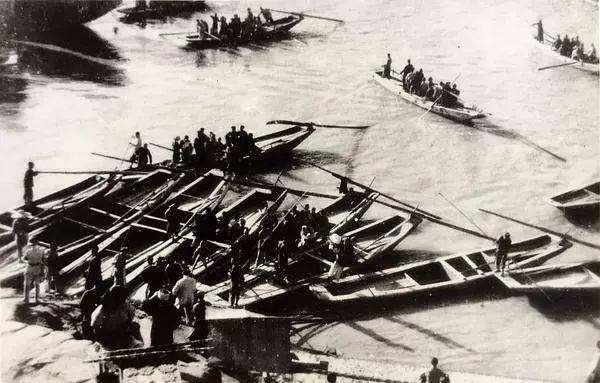
长江海棠溪码头渡
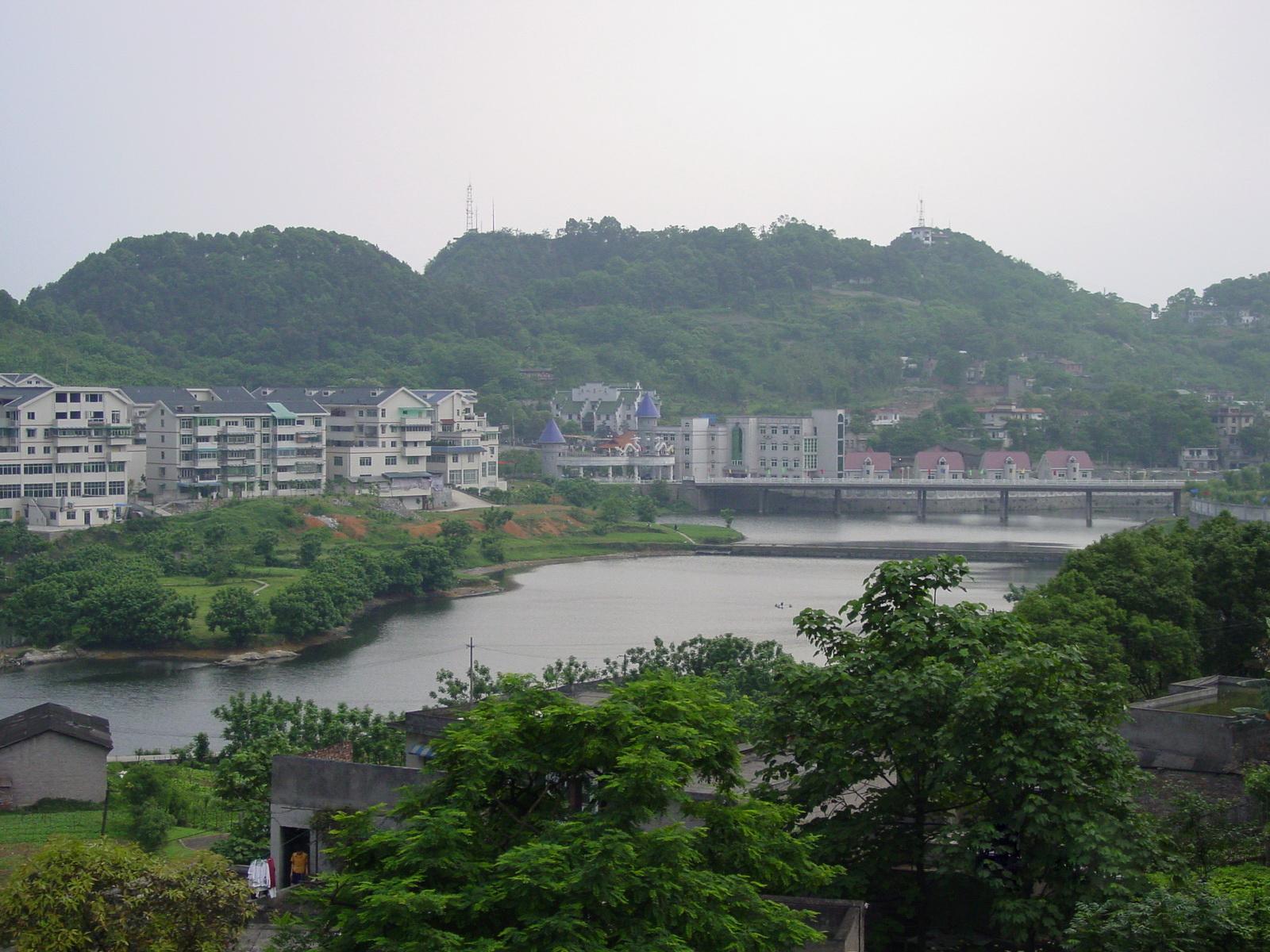
涂山湖现状
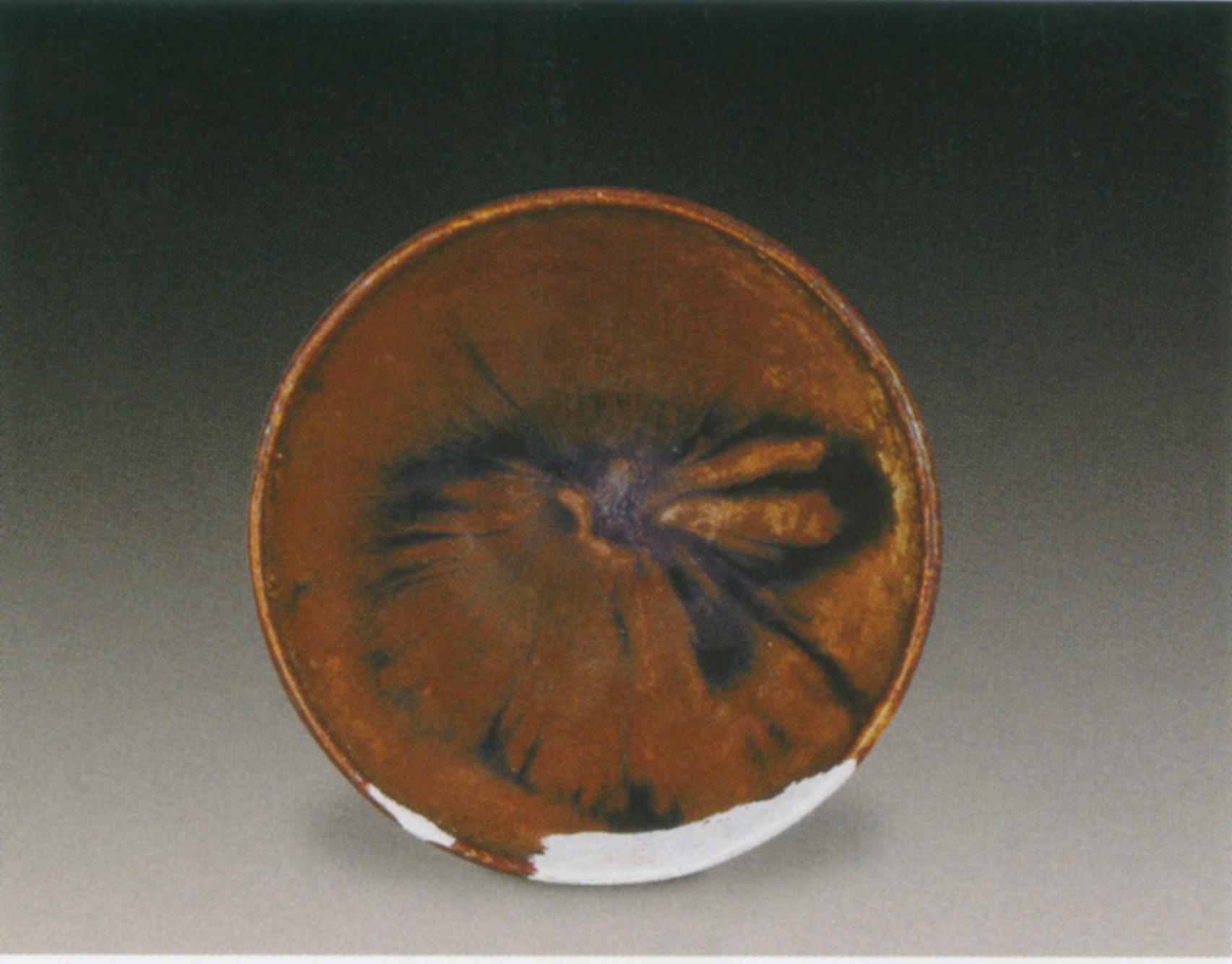
酱园窑址兔毫纹
建窑天目瓷是一种釉面光泽,釉色由黑到红变化的单色瓷。有时候釉色会出现一些黑红相间的纹饰,被称之为“兔毫”,而另一种纹色斑驳的被称作“鹧鸪斑”。通常瓷器外底无釉。在福建“建窑”,瓷器釉色主要为黑、浅黑,某些器物暴露在炉火中的部分釉面变化为红色。在宋代,建窑窑场主要分布在福建省建安、建阳两地,建窑因此而得名。“天目瓷”这一名字则来源于日本。建窑窑场在河南以及中国的其他区域也有分布,其产品釉色或多或少见白釉或亮黄釉。在天目瓷中,红褐色、釉面有细小不光泽小点的“油滴”纹的器物是非常珍贵的。
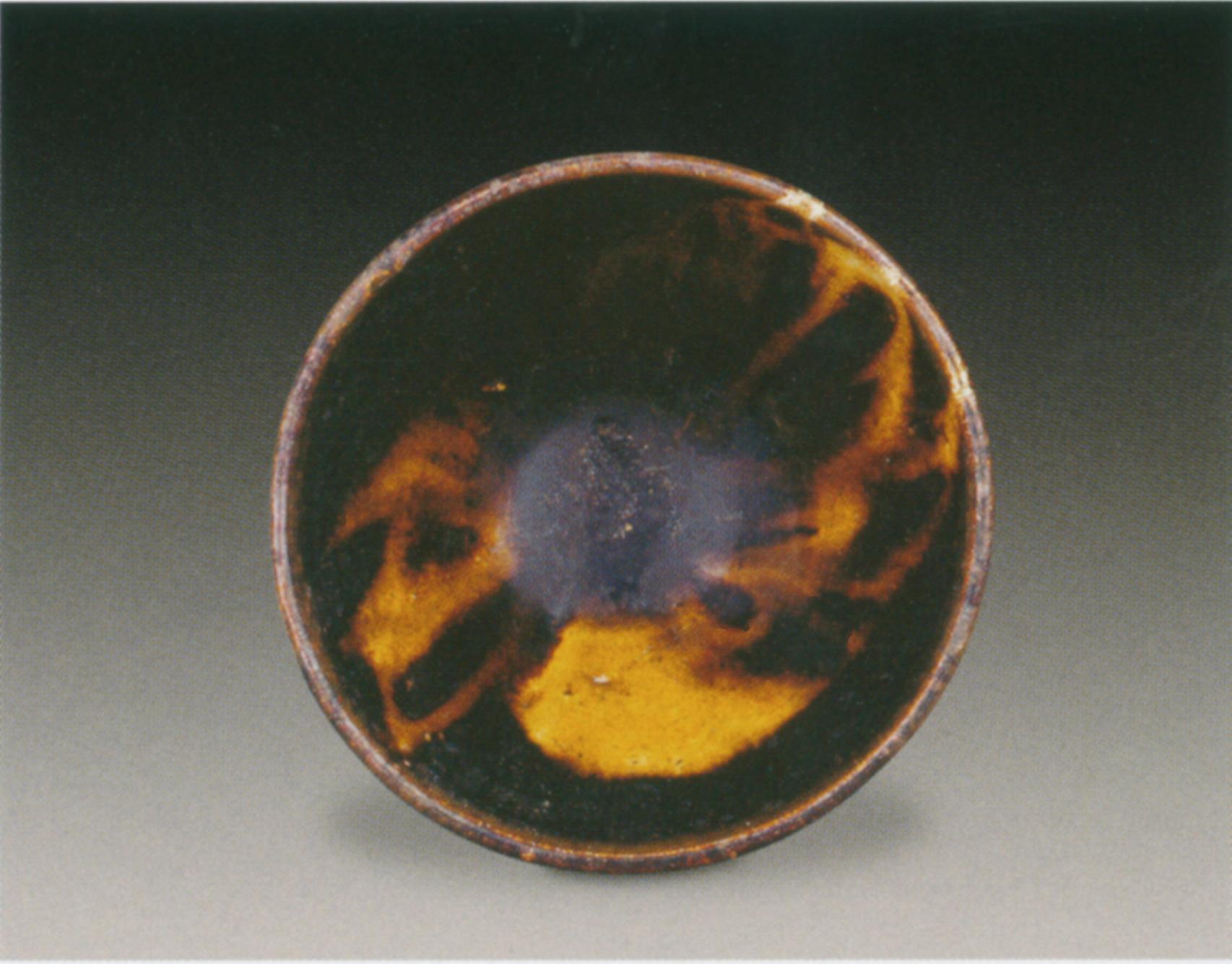
酱园窑址玳瑁纹一
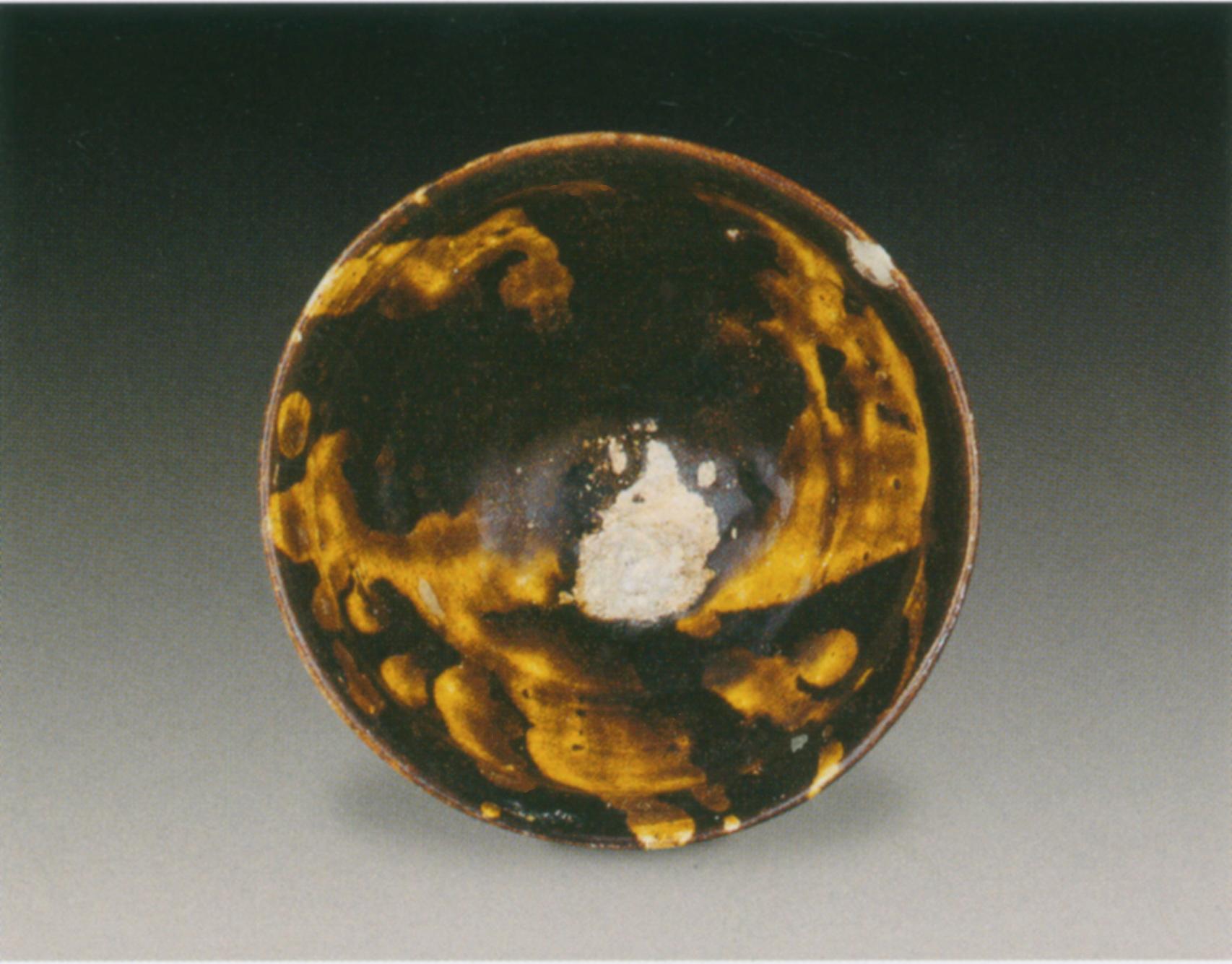
酱园窑址玳瑁纹二
产量最大的,或者至少是最有名的天目瓷产品,是一种圆形小底的茶盏。在福建以及河南所见的这类器物外底边缘均下沉。器物内底积釉较厚,外侧近底处积釉呈下滴状。这种茶盏在中国、日本以及其他国家都很有名。
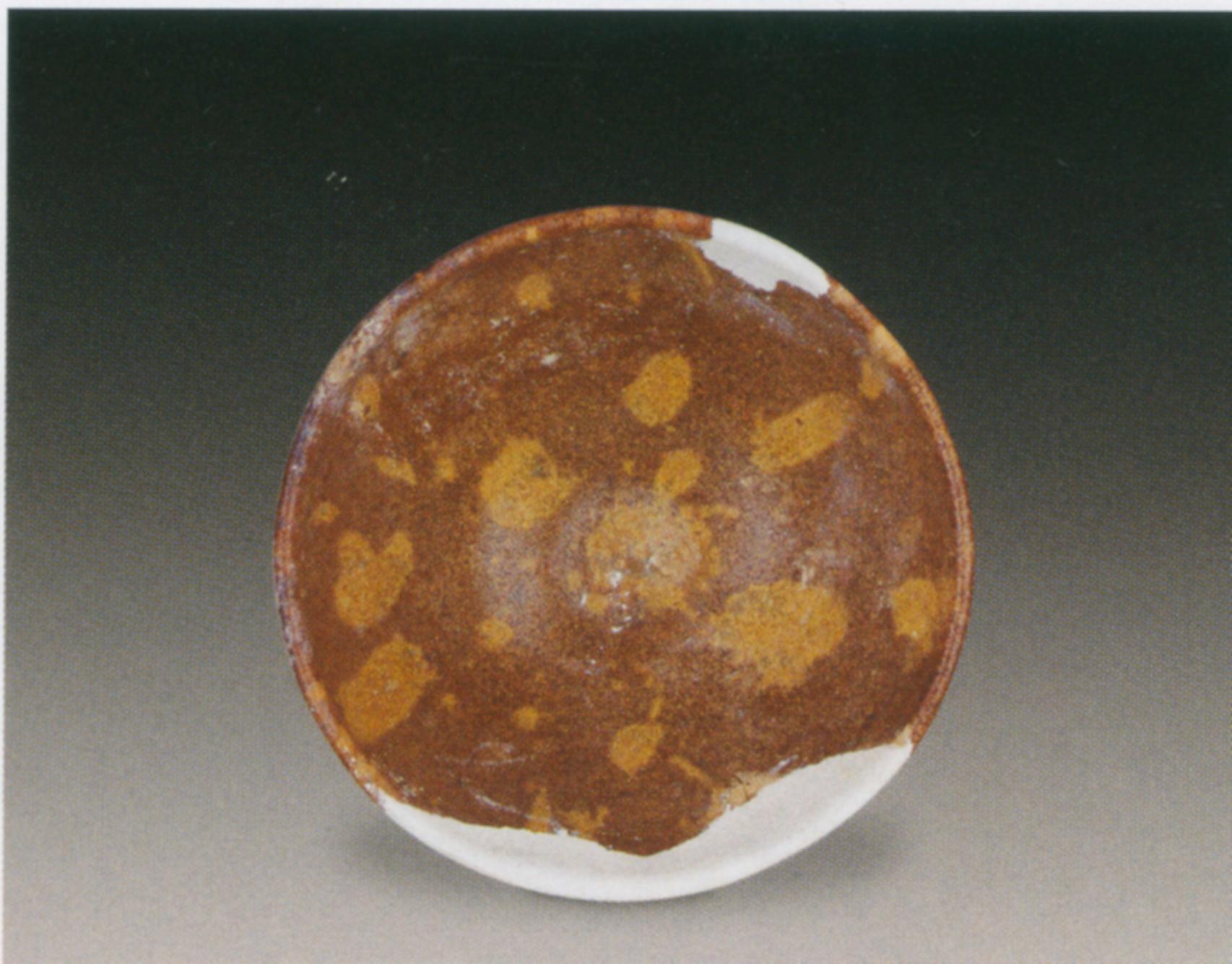
酱园窑址鹧鸪斑纹
除茶盏外,建窑的主要产品还有黑釉瓶、黑釉或红釉茶壶、执壶、水壶和碗。碗的釉色通常为红色,内底有涩圈。
我曾经在位于四川成都东门外三十里处的琉璃厂宋代窑址发现过典型的天目瓷茶盏、瓶、执壶及水壶。因为之前在考古学界并不为人所知,我一度难以确定这些天目瓷器是产自四川。这些标本是在这儿被发现,它们应该就是这儿生产的。事实上它们在这个窑址上数量是如此众多,不可能是产自其他地方再因为其他一些缘故被带到这个窑址。作为明确的证据,黄葛垇发现的窑址让我们能最终确定建窑天目瓷在四川境内曾被广泛的生产。我们在位于邛州附近的邛窑窑址甚至采集到有油滴纹的瓷片标本。

2003年酱园窑址全景
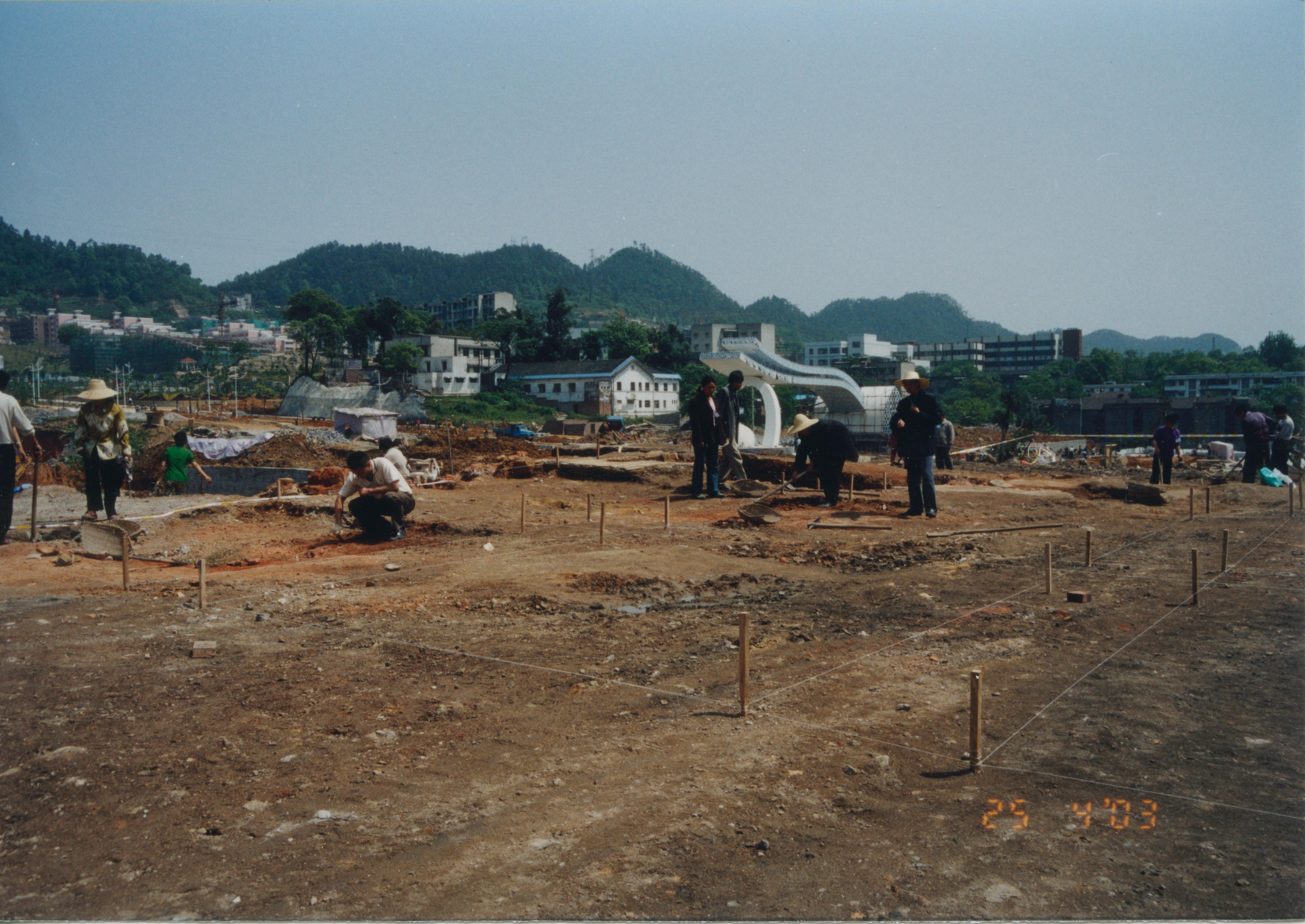
2003年酱园窑址工作照
在四川发现的宋、明墓葬中随葬有罐。它被放置在墓室内,内存祭品以供奉死者。这些罐上通常有神龙戏珠的纹饰,有些罐体表面还有呈排状分布的圆形凸起或凹坑作为装饰。这些器物釉色变化由黑到红,底部总有部分不施釉,很显然是天目瓷。
此外,四川至今仍在烧制据说是天目瓷的派生物的瓷器。四川现广泛使用的褐釉执壶明显是天目瓷的后裔,对它们的亲缘似乎没有任何质疑。在中国的商店里出售的那些碗看起来与天目瓷碗非常相似,甚至它们内底仍然有涩圈。
本文原载于1938年出版的《华西边疆研究学会杂志》第10卷第193、第194页,著者系美国人大卫·克罗克特·葛维汉,翻译林必忠、朱寒冰。
译者按:著者系美国传教士,著名文化人类学家,考古学家大卫·克罗克特·葛维汉(David Crockett Graham,1884-1962)博士,他出生于美国阿肯色州的格林弗林斯特,在美国惠特曼学院和戈尔格特-罗切斯特神学院学习人类学和基督教神学,均获学士学位。他先后于1920年和1927年获得芝加哥大学宗教心理学硕士和人类学博士学位。他虽然是教士,但他的主要活动在学术方面。他于1911年来华,1913年抵川,曾任成都的华西协和大学古物博物馆(今四川大学博物馆的前身)馆长、教授,直到1948年退休返国,其间除短期回国述职和进修外,主要时间都在四川度过,他多次奔赴四川、西康的藏、羌、彝、苗地区进行考察和采集标本,对四川的民俗宗教和生物做了不少的研究。撰写了不少的学术文章。他亲自主持了四川及西南地区的考古学、民族学等方面的多项田野工作,他还主持了对四川广汉三星堆遗址的首次考古发掘,使这个遗址的重要性引起当时国内外学士界的广范关注,葛氏的开拓之功当载入史册。

葛维汉夫妇
原文 ||
CHIEN YAO KILN SITE NEAR CHUNGKING SZECHWAN
DAVID CROCKETT GRAHAM
While in Chungking in 1938,friends told me of some peculiar sherds that had been found across the Yanglse near the village of Huang Ko Ya 黄葛垇, where a new motor road had been built recently, and suggested that I go and look at them. On April 13th ,I crossed the river at Ch’u Ch’i Men, landed at Hai T’ang Ch’I 海棠溪,and thence climbed the hill to Huang Ko Ya. I soon discovered a Sung dynasty porcelain kilnsite which was the main source of the porcelain sherds. To my amazement I saw that the sherds were the typical chien yao or temmoku,and I was unable to find any typical Ming dynasty sherds in the kilnsite ,or any other kind of porcelain but the temmoku. In a short time, I secured from the kilnsite, besides numerous sherds,a fragment of a black vase, several unbroken red food bowls with unglazed circles inside on the bottom, and several dark glazed teabowls. A sherd of a teabowl was found with the well-known hare-fur streaks. These objects were made of a beautiful glossy porcelain varying in color from black to red, but with occasional mettled samples.
Chien yao or temmoku is a monochrome porcelain varying from black to red in color and generally very glossy. Some times there are fine alternate streaks of red and black, and this is called“hare fur”.At other times there is a mottled effect that is called“partridge feather”,Generally the outside at the bottom is unglazed. In Fukien the body is dark, nearly black, and where exposed has been turned red by the fire of the kiln. The name chien yao was given to this porcelain because it was made during the Sung dynasty at Chien An and at Chien Yang in Fukien Province. The name temmoku was given by the Japanese. Chien yao was also made in Honan and some other parts of China, where the body or biscuit was often white or a light yellow. A very much valued temmoku is a reddish brown with“oil spots”,or tiny spots that have no glaze.
The most common object, or at least the best known, is a round teacup with a small base. Those from Fukien and Honan have a depression on the bottom with a rim on the outer edge. Inside on the bottom the glaze is very thick and has been likened to a pool. Outside near the bottom the glaze ends in a thick rim or in drops of porcelain. This teacup has been famous in China, in Japan, and in foreign countries.
Besides the teacups there are black vases, black or red teapots or pitchers, jugs, and food bowls. The food bowls are generally red and have an unglazed circle inside on the bottom.
I had previously found typical teacups, vases, pitchers, and jugs in the old sung dynasty kilnsite at Liu Li Ch’ang, which is thirty li from the East Gate of Chengtu. Because it was unknown to archaeologists that temmoku was made in Szechwan I hesitated to assert. Although the samples were found in situ, that these temmoku were actually made in Szechwan, The fact is that they are too numerous in this kilnsite to have been made elsewhere and to have gotten into the kilnsite by accident. With the finding of the kilnsite at Huang Ko Ya the evidence is so conclusive that we can assert with confidence that chien yao or temmoku was made extensively in Szechwan. We have even collected samples of the“oil spot”temmoku at the Ch’iung Chow kilnsite, which is near the city of Chiungeow邛州.
There is a Sung and Ming dynasty grave jar that is found all over Szechwan. It was placed in the grave and contained offerings to the dead. It is generally ornamented by a dragon trying to cat the sun or the moon, but sometimes by small upturned or downturned knobs in vertical rows. The color varies from black to red, and always there is an unglazed portion at the bottom. This is evidently temmoku.
Moreover there are porcelain objects still made in Szechwan which are evidently the descendants of the temmoku. Some of the lustrous brown water pitchers that are extensively used in Szechwan so closely resemble the temmoku that there seems no question of the relationship. In Chinese shops food bowls can be seen that look very much like a temmoku food bowl, even with an unglazed circle in the bottom.
——《Journal of the West China Border Research Socie-ty》第10卷第193、194页 1938年
译者:林必忠 朱寒冰










 重庆考古
重庆考古